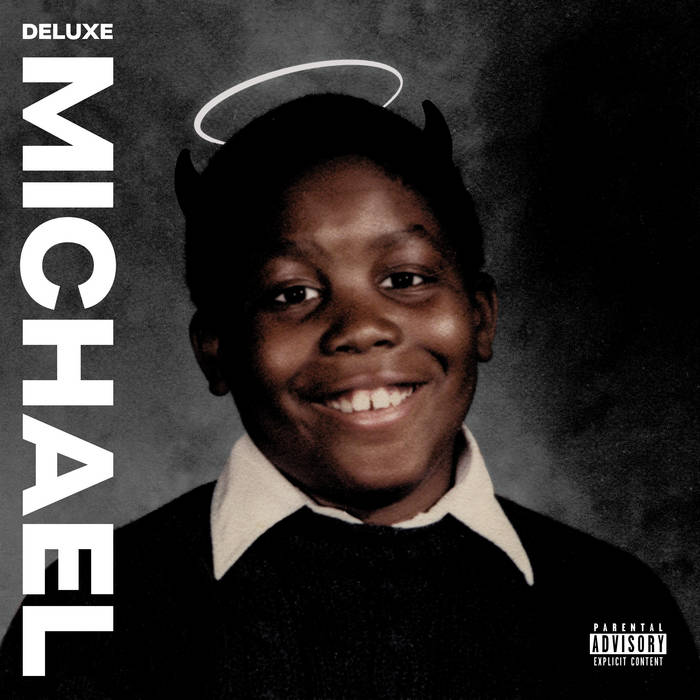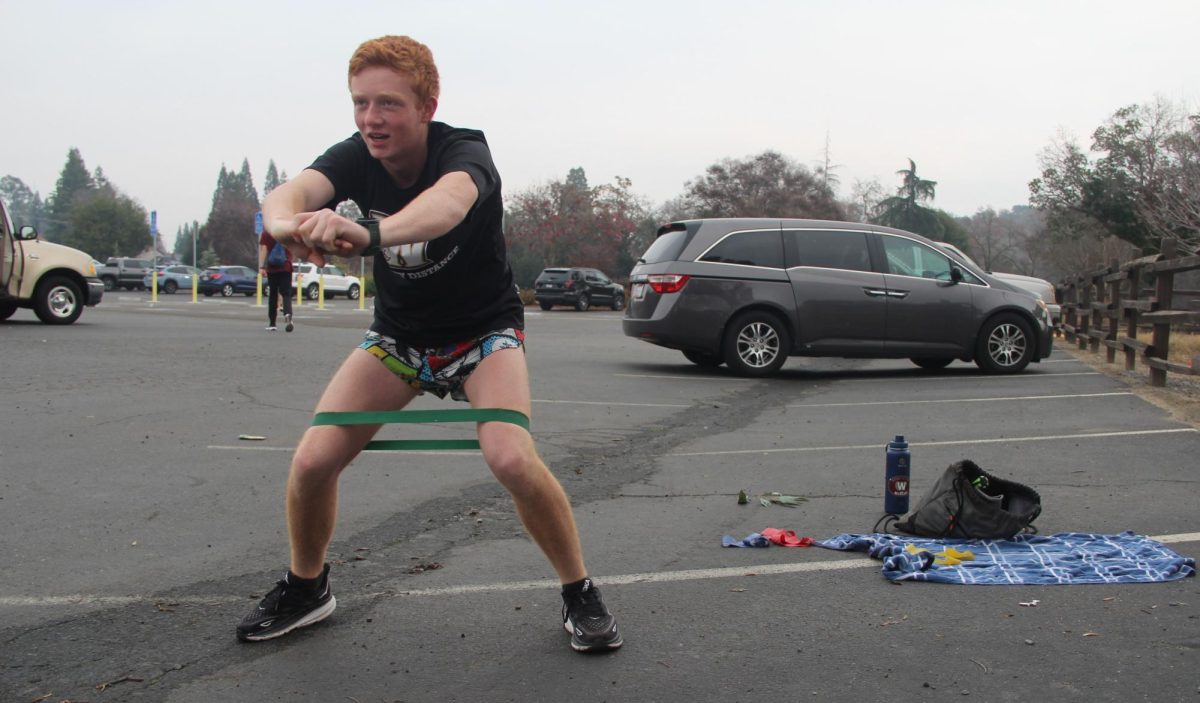Photo provided by The Weinstein Company.
There are no graphs. No statistics. No experts telling the audience how bullying is affecting America’s youth. Instead, the movie “Bully” shows viewers, minute by heart-wrenching minute, how bullying is making the 12 years of school pure torture for children all over the nation.
Following the stories of five children, two of whom have recently committed suicide, “Bully”, directed by Lee Hirsch and released March 30, paints a portrait of a nation-wide epidemic of childhood cruelty and incompetent adults who seem powerless or even unwilling to stop the violence.
The film’s strength lies in its in-depth investigations of the experiences that each of these five children faced or continue to face in school. Two of the children, Tyler Long and Ty Smalley, committed suicide due to the unending harassment they faced, and their stories are told by their friends and parents who still seem unable to comprehend that these children were driven to such a desperate act. In a particularly poignant scene, Ty’s best friend, a former bully himself, recounts how Ty would try not to react violently to his tormentors, instead choosing to walk away without a fight. Yet, in the one instance where Ty chose to fight back, he was suspended causing him to shoot himself weeks later, at the age of 11.
Though the stories of the children who committed suicide are deeply shocking, the experiences of those who continue to deal with this torment every day are even harder to watch. Alex Libby, who was being beaten so severely on the bus that filmmakers gave footage of the violence to his parents and school officials in order to try to stop the violence, exemplifies everything that is wrong with the way schools handle bullying on and off campus. Born premature and therefore with slight physical and social problems, Alex is beaten, choked and stabbed every day as he rides to and from school. Yet, the worst part of his experience is not the violence, which is frightening to behold. It is the utter lack of response from the school system, who accept Alex’s parents’ complaints and promise action, but do nothing. The assistant principal at his school insists that the children on the bus Alex takes are “as good as gold,” and she cheerfully brushes aside all arguments from Alex’s parents, who leave the meeting in shock and disbelief. The same assistant principal’s utter ineptitude is demonstrated once more as she allows a bully to go free with no consequences, while chastising a victim for his unwillingness to shake his tormentor’s hand.
This trend of tormented children and unsympathetic adults is played out once more in the case of Ja’Meya Jackson, a teen who, after years of constant torture, brought a gun onto her school bus to stop the bullies. Though her methods were somewhat extreme, the response of the county sheriff, as he listed off the 45 felony counts she was charged with, is utterly infuriating. His insistence that her crime could not possibly be justified fits with the continuing attitude of adults toward bullying: bullies are simply kids being kids, but when victims strike back, they are to be punished.
Yet for other children, striking back is simply not an option, as the bullies are not limited to peers at school. Kelby Johnson, a teen in rural Oklahoma, came out during high school and faced taunts and threats from students and teachers, who made school a nightmare for her. What makes Kelby’s story particularly compelling is the change her parents went through after she came out, a topic that leads to some of the most poignant scenes of the film. Though originally convinced that homosexuality is morally wrong, her parents explain how their daughter has helped them become more accepting, and their pride in how strong their daughter has been through her ordeal is obvious to behold.Yet, though supported by family and friends and initially resilient, determined not to let the hateful comments and violence get to her, Kelby eventually gives in, transferring to a different school. Throughout her ordeal, she received no sympathy from school officials or the community at large, all of whom ostracized her for expressing her true self.
Though powerful and moving in its portrayals of the torment children and teens face, “Bully” is not quite perfect. Particularly at the start of the movie, it cuts between the stories of various families, making it difficult to follow the experiences of each child. With a duration of one hour and 38 minutes, it can seem too lengthy at times, especially at the end.
Released as unrated in theaters, some parents may be hesitant to allow their children to watch this film; however, aside from some strong language, the film provides valuable insight for people of all ages. Despite being given an R rating by the MPAA for one instance of strong language from a bully, a decision that was heavily protested by the producers as well as people throughout the nation, “Bully” is a film that both children and adults should watch. For kids, “Bully” shows them the impact their words and actions can have, and for adults, it proves that indifference to a victim can be fatal.
By KAVYA PATHAK






